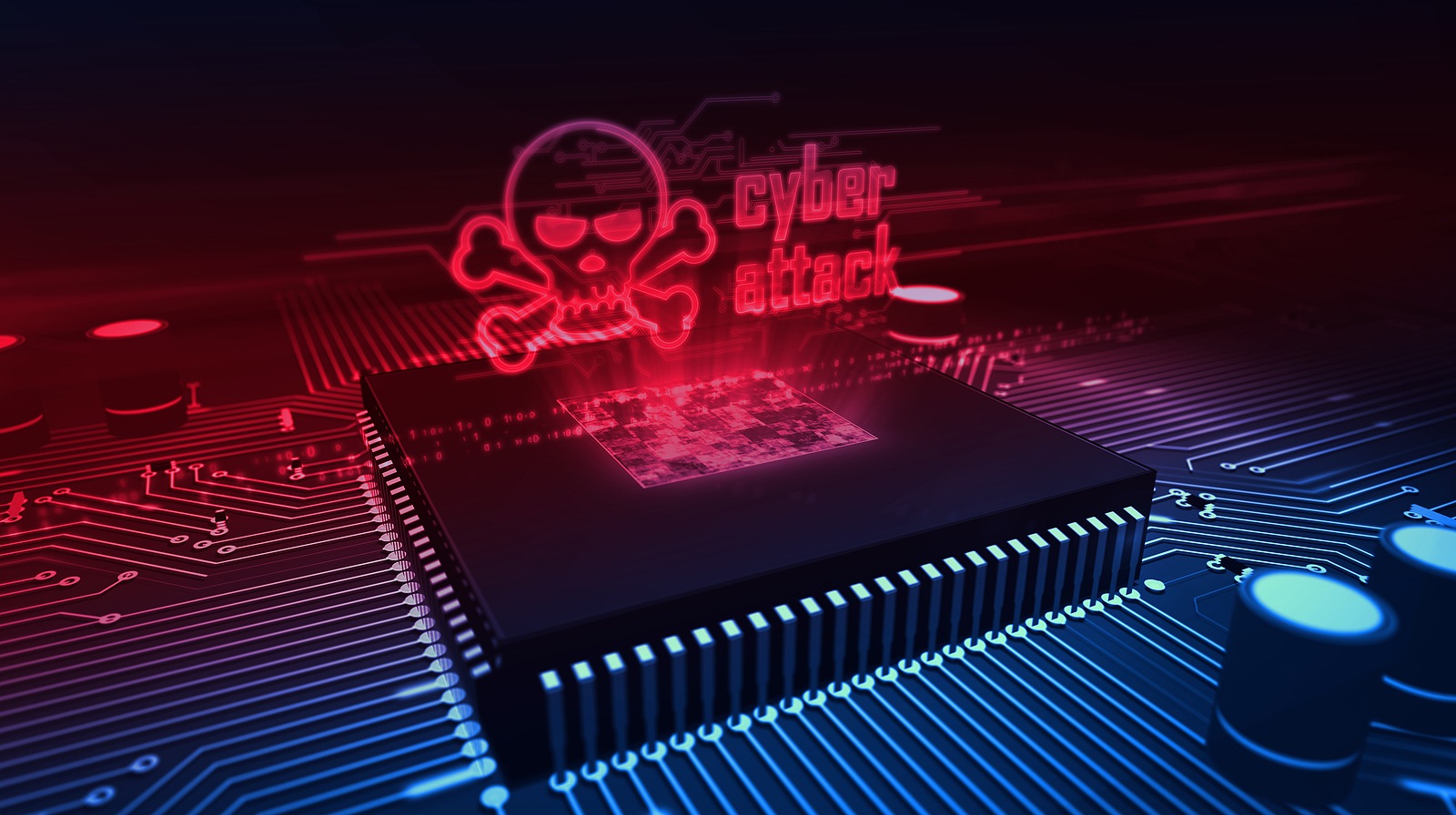The Secure Enclave chip is one of Apple's smartest improvements, as it encrypts and protects sensitive data like passwords and more. Now there are reports that hackers have discovered an "unpatchable" exploit.
One of the most important security improvements in recent years is undoubtedly Apple's Secure Enclave chip. But hackers claim there is a permanent vulnerability that Apple cannot fix.
What is the Secure Enclave?
The Secure Enclave is a secure coprocessor included in almost every Apple device that provides an additional layer of security. All data stored on iPhone, iPad, Mac, Apple Watch, and other Apple devices is encrypted with random private keys that only the Secure Enclave can access. These keys are unique and remain stored locally on the device. This means that there is no synchronization with iCloud. But the chip is not only responsible for encrypting files; it is also responsible for storing the keys that manage sensitive data such as passwords, the credit card used by Apple Pay, and even the biometric identification used to activate Touch ID and Face ID. Although the chip is permanently installed in the device and is a hardware component, it is completely separated from the rest of the system. This means that it works independently.
A jailbreak cannot crack the coprocessor
The reason for this isolation is that Apple wants to ensure that applications do not gain access to the chip. They can only make requests for decryption. (Example: When an app is decrypted with Face ID or Touch ID, it sends a request to the Secure Enclave) This takes the security of the devices to a whole new level. It is so secure that even a jailbreak cannot crack the coprocessor. So explained Apple the whole thing:
The Secure Enclave maintains the integrity of its own cryptographic operations even in a situation where a device's kernel has been compromised. Communication between the Secure Enclave and the application processor is isolated in an interrupt-driven mailbox and shared memory data buffers, providing strict control.
These devices have the Secure Enclave chip
- iPhone 5s (or newer)
- iPad Air (or newer)
- Mac computers with a T1 chip or an Apple T2 security chip
- Apple TV 4th generation (or newer)
- Apple Watch Series 1 (or later)
- HomePod
Unpatchable exploit – what does it mean?
At the end of July, hackers have claimedthat the chip contains an unpatchable exploit. This is not the first time that the Secure Enclave has had a vulnerability. Back in 2017, a group of cyber specialists were able to decrypt the firmware of Apple's Secure Enclave to investigate how the component works. However, they were unable to intercept any private keys, so there was no serious risk to users. But now there is said to be a permanent vulnerability. This is what Chinese hackers from the Pandu group claim. The exploit could even make it possible to crack the private keys - a horror scenario. But what exactly does "unpatchable exploit" mean? If there are errors or vulnerabilities in the software, Apple can fix them with an update. But not with vulnerabilities in the hardware. This means that devices delivered have to put up with the problem until their "end of life".
Not all devices are affected
No details about this exploit have been published yet, so it is currently not entirely clear what exactly the vulnerability offers. The scope could be smaller or larger. If the exploit actually allows full access to the Secure Enclave, all data, including passwords and more, would be at risk. It is important to note that not all devices are affected. All Apple chips from the A7 to the A11 Bionic are said to be affected - similar to the Checkkm8 exploit, which allows a jailbreak on all iOS devices up to the iPhone X. According to this, Apple is said to have already fixed this vulnerability with the A12 and A13 Bionic chips.
Effects remain unclear
But there are still plenty of older Apple devices in circulation. For this reason, the issue remains controversial. We will probably see what effects this will have in the coming weeks or months. But there is no reason to panic for now. After all, such exploits require physical access to the device. So anyone who takes care of their Apple products should not be at risk for now. Confiscated devices, on the other hand, could be more at risk, as government agencies are more likely to exploit such vulnerabilities. (Photo by Skorzewiak / Bigstockphoto)




